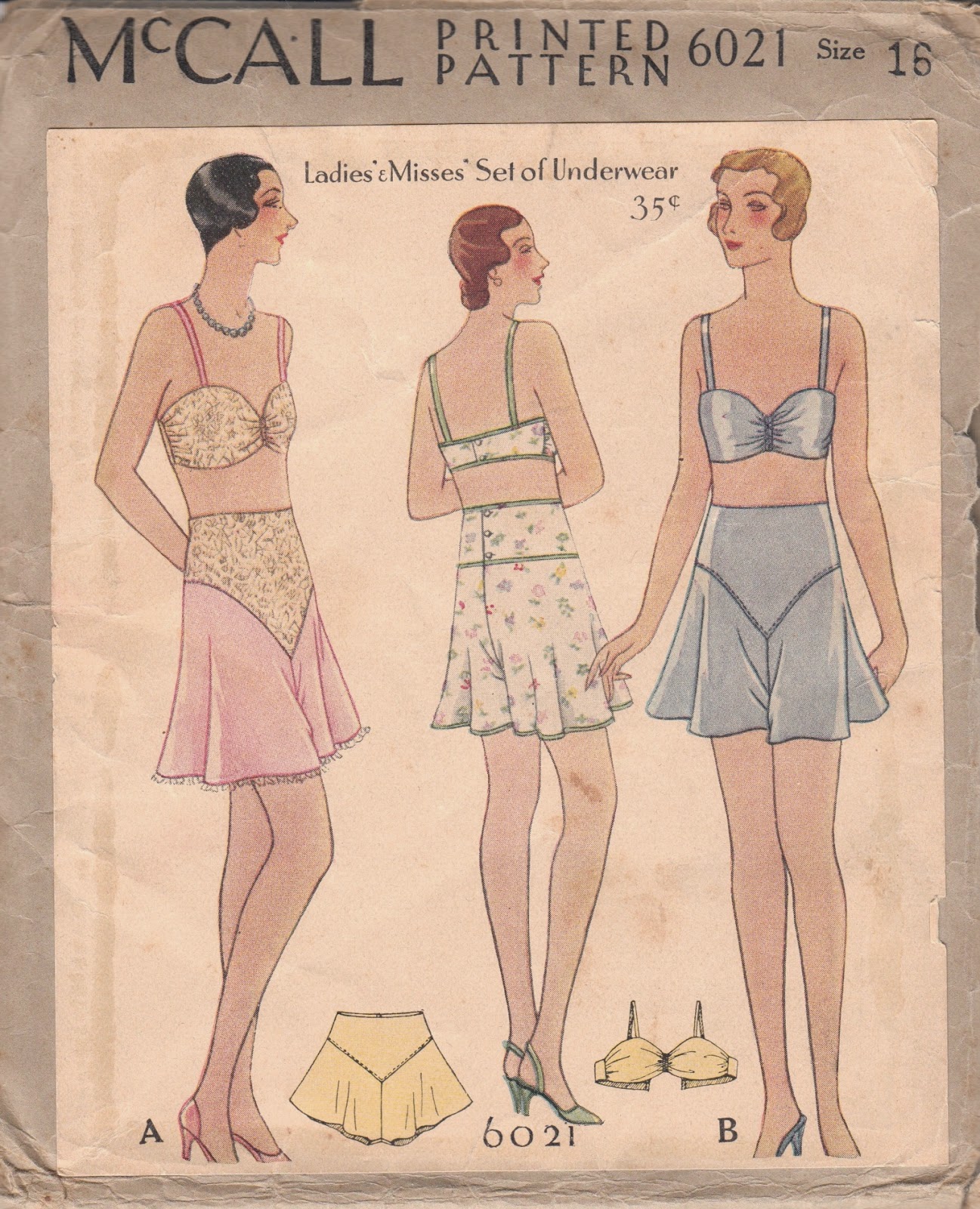Making a Black Silk Edwardian Shirtwaist w/ Lace Yoke
My recent motivation for finishing up long-abandoned sewing projects manifested itself in this stunning (I'm so proud of it!) black silk Edwardian shirtwaist. I've discovered that my sewing projects age like fine cheese, and turn out best when left to be forgotten in a dark box for several years. My finished shirtwaist captures fashionable details from the years 1905-1908.
Pintucked Yokes & Plans Gone Awry
My initial plan for the black silk Edwardian shirtwaist I made was to copy the below shirtwaist that I found on eBay a few years ago. I was absolutely enchanted by the pintucked yoke and trailing lace appliques.
 |
| Silk crepe shirtwaist with pintucked yoke, sold on eBay |
Salvation from the Stash
Thankfully, I found a yard of black lace in a design that looked passable for the turn of the century. I also had several yards of beige silk, which I got at an extreme discount because it was dotted with stains. The stains will be covered by the lace, so I didn't mind using the stained silk. Both the lace and beige silk came from Fabric Mart Fabrics, which regularly has sales on luxury textiles.
Getting the Details Right
To show off this lovely lace, I increased the height of the collar by about 3/4 of an inch.
I was determined to make use of the pintucks I had already made, and figured that I had just enough of the pintucked fabric to make cuffs. Folkwear 205 includes pieces for very narrow cuffs, so I drafted my own to be as long as the 6 inches or so of pintucked fabric.
I found The American System of Dressmaking, published in 1907, to be extraordinarily helpful in getting the details of my shirtwaist as close to period-accurate as possible.
Regarding cuffs:
"Plain shirt waists have plain sleeves finished with a cuff, while more elaborate waists have the sleeves... finished with a deep cuff of fancy design." pg. 68
"The cuff is usually made with an interlining of white linen or muslin and sewed to the sleeve after it has been gathered.” pg. 70
I basted cotton muslin to my pintucked cuff pieces to interline them. I also finished off my cuffs with a scrap of silk twill piping. I carefully trimmed the seam allowances to reduce bulk and then whip stitched the seam allowances to the muslin interlining. Then, hooks and eyes were sewn onto the cuff openings. A black silk crepe facing was whip stitched to the cuff, concealing the messy stitching of the hooks and eyes.
The sleeves and body panels of the shirtwaist are assembled with French seams. The seams where the yoke is attached to the gathered body of the shirtwaist are normal seams, with the seam allowances trimmed and whip stitched to the beige silk of the yoke.
The shirtwaist is fastened with a combination of hooks and eyes and snaps (on the lace parts) along the back placket. A black ribbon is tied around the waist to create the popular "pigeon breasted" effect.
Regarding waist ties:
"Gather the fullness of the waistline in the back, two rows being sufficient…some shirtwaists are not gathered at the waist line in the fronts at all, but allowed to fall free from the neck and shoulders…the tape is stitched on the outside at the back, over the gathers, and tied in front each time the waist is worn, and the fullness adjusted to suit the wearer." pg. 69
These passages from an original Edwardian era dressmaking book confirm that the methods Folkwear 205 recommends for sewing up the garment are historically correct. Bravo, Folkwear!
Video Diary
You can watch my entire process for making my shirtwaist on my YouTube channel:
 |
| I achieved a nearly invisible back placket on this slippery fabric! |
Dear readers, what is your favorite detail on this shirtwaist? I'm most fond of the touch of texture from the piping at the cuffs!










